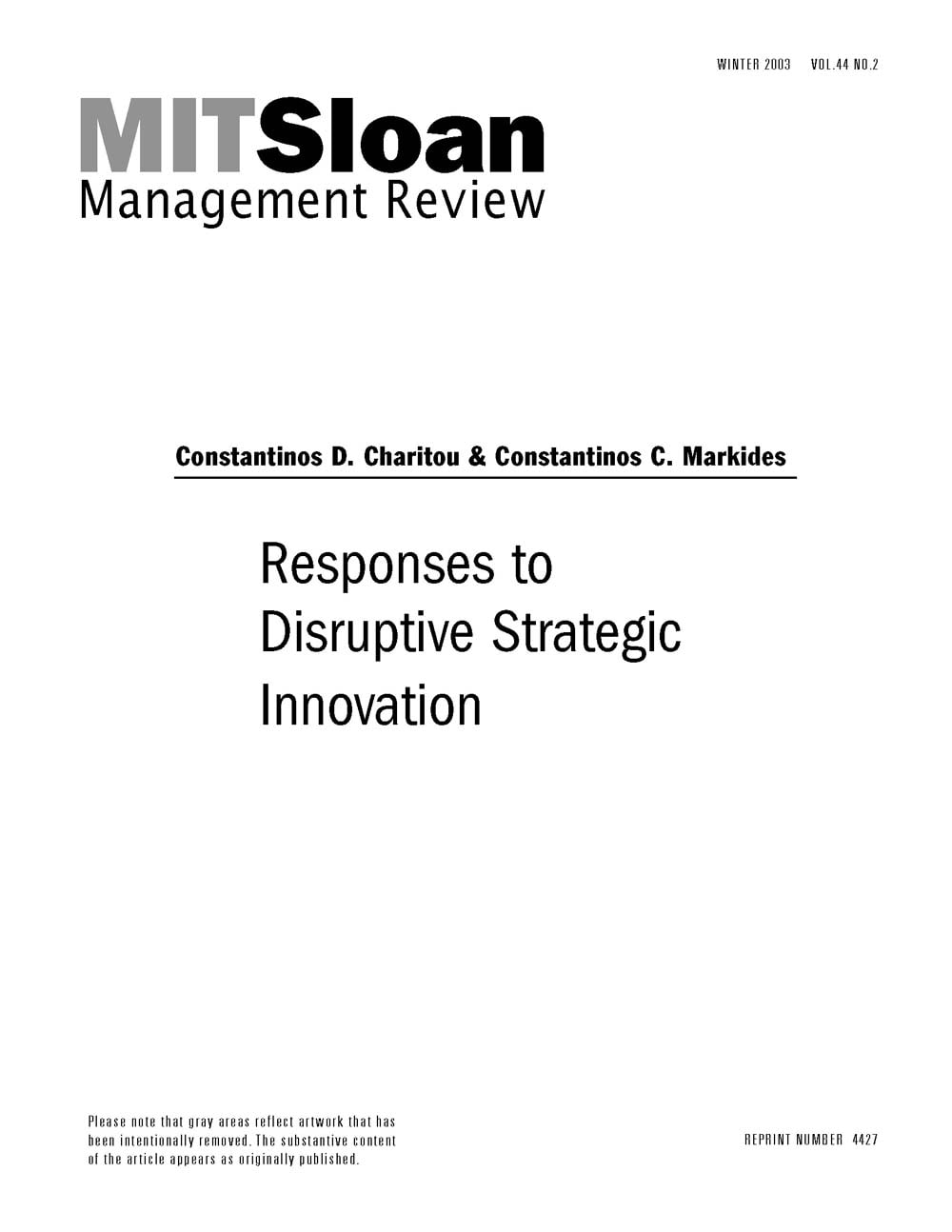
Responses to Disruptive Strategic Innovation
When upstarts overthrow an industry’s business model with disruptive strategic innovations (not the same as disruptive technological innovations), many established companies hurry to imitate. But others worry about playing two games at once. They contend that adopting the new way may damage the existing business because attackers utilize strategies that are not only different from but also in conflict with the industry leaders’. Two London Business School authors explain when to use which option or one of several new ones.
Research into established companies’ responses suggests five current approaches: focusing on one’s own game and investing in it; ignoring the new strategy when it is not a threat; disrupting the disruptive innovation; playing two games; and scaling up the disruption.
How a company responds depends on two main factors: motivation and ability. The company’s motivation is determined by the rate at which the innovation is growing, how threatening it is to the main business and how strategically the new business is related to the existing one. The ability of an established company to respond is determined by its skills, resources, time, and the nature and size of the conflicts between the traditional and the new business. But, the authors say, just appreciating that the new ways of competing are not inherently superior is half the battle.




